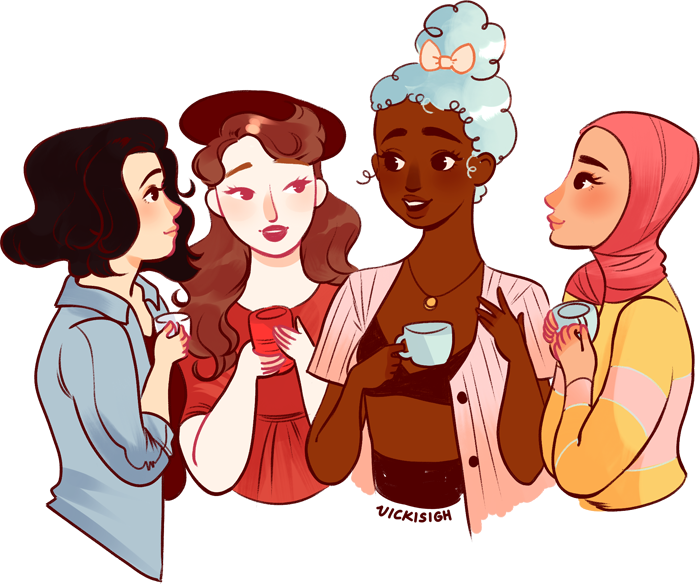
Her Story: Ladies In Literature is a special, month-long series on Pop! Goes The Reader in which we celebrate the literary female role models whose stories have inspired and empowered us since time immemorial. From Harriet M. Welsch to Anne Shirley, Becky Bloomwood to Hermione Granger, Her Story: Ladies In Literature is a series created for women, by women as thirty-nine authors answer the question: “Who’s your heroine?” You can find a complete list of the participants and their scheduled guest post dates Here!

About Lindsay Eagar
Lindsay Eagar is a reader, writer, and coffee snob. When she isn’t working longhand on one of her stories, she is teaching piano lessons, visiting the aquarium five minutes from her house, going for long runs, or baking delicious, immoral desserts. Hour Of The Bees is her debut, a magical realism MG out now from Candlewick Press. She lives in the mountains of Utah with her husband, daughter, and an army of books.
Author Links: Twitter ● Tumblr ● Goodreads
I pick up my six-year-old from a playdate. “Maybe you could talk to Finley about toning down her stories,” a mother asks me. “Some of the other kids are really scared. She told them Bigfoot walks through their backyards at night and looks in their windows while they’re asleep.”
Later that week my e-mail pings. Her kindergarten teacher is letting me know that Finley dropped her folder, spilling her papers, and muttered, “What the ass?!” As funny as it was, her teacher reminded me, swearing is not permitted in school. When I confront my daughter about this, she can’t understand why some words are appropriate and some aren’t. “Why is ‘butt’ okay, but ‘ass’ isn’t?” she asks, and I don’t have an answer for her.
One evening, Fin is exhausting her father and I. We send her to her bedroom for some infarction, and she smirks at us and says, “Fine. I’ll just go hang out with my ghost family.” We hear her talking to them for the next forty minutes.
● ● ● ● ●
I grew up reading Pippi Longstocking. Her carrot-red braids, her mismatched stockings, her horse on the porch — all of these were as familiar to me as any fairy tale or Disney movie. She delighted young Lindsay, and so imagine my shock when I peeked on Pippi’s Goodreads page and found some of the following reviews:
“She’s an annoying kid who won’t behave.”
“I cannot imagine ever letting my own children play with her.”
“She doesn’t see her mistakes and doesn’t care about anything except her own fun.”
“All I can see is a boorish, untruthful braggart.”
“Pippi has no parents to guide her creativity and teach her how to control her impulses.”
“As a parent, I would be appalled if my daughters were just like her.”
I mean, doesn’t that just epitomize the way we measure female characters in general?
If she’s fun-seeking, she’d better be well-behaved. If she’s imaginative, she’d better admit her lies and be sorrowful. If she speak to adults, she’d better be respectful and submissive, even if the adult hasn’t earned it. And if she has obnoxiously bright hair and can lift a horse above her head, she’d better keep it to herself — no-one likes a braggart!
Doesn’t that just epitomize the way we measure our real-life girls, too?
● ● ● ● ●
My husband and I often make the same observation. “Of course we want our daughter to be loud. We want her to speak up for herself, and be sassy and find her voice and forge her own path in life. But,” we say laughingly, wearily, “we’d like that to start around age fifteen or sixteen. For now, we want her to be docile and obedient. A little angel.”
We’re only half-joking.
But that isn’t how it works, is it? To nurture a strong woman means to foster a strong child. To encourage a daughter to speak up, you let her talk back. To encourage a daughter to ask why, you teach her to ask tough, embarrassing questions. To encourage a daughter to pick apart the rules and systems that she is asked to abide by, you teach her to unravel authority — even your authority — even if it means being labeled disrespectful, or misbehaved, or (gasp!) annoying. To encourage a daughter to let her imagination run wild, you let her tell lies.
I wish we could see Pippi as a teenager. Pippi picking out the boldest shade of purple lipstick, then wearing it on a Tuesday morning, just because. Pippi out on dates with the boys or girls she likes, ordering a dinner of cookies and milk, and eating them all. Pippi being assigned Hemingway or Franzen in high school and doing her book report on Dealing With Dragons instead. Pippi refusing to sit through the abstinence-only sex education, jumping up onto her desk and bragging about how her father, the cannibal king, took her to the crazy lady doctor on the edge of town to get birth control, then drawing a giant diagram of the female anatomy on the classroom floor. Pippi being that kid who plays pretend a little longer than everyone else — she’s still outside whittling a tree branch into a sword so she can play pirates. Pippi, who looks her male professors in the eye and isn’t afraid to ask, without raising her hand, “Why? Why? Why? What’s the point of learning this?”
Whenever I feel the strain of raising a wild wolf for a daughter, I remember Pippi. Pippi, whose M.O. is to have fun, every moment, every day. Pippi, who never misses a chance to spin a good yarn, or splash her feet in a pond. Pippi, who fails to understand the point of sitting at a desk, looking at alphabet cards when she could go out and learn the letter S from a real hissing snake. Pippi, whose hair is the color of fire and who is strong enough to lift two policemen, but who is still kind enough to the wide-eyed neighbor kids to leave them little gifts and make them pancakes. Pippi, who has travelled the world and still finds wonder in her own front garden. Pippi, who knows the value of a hollow tree.
That’s the kind of girl I want my daughter to be. That’s the kind of girl I want to be myself.
● ● ● ● ●
“I can walk on my hands for a whole hour,” I hear my daughter telling the kids next door. And I laugh, and let her tell her lies. What the ass, indeed.
Title Hour Of The Bees
Author Lindsay Eagar
Pages 368 Pages
Intended Target Audience Middle Grade
Genre Contemporary, Magical Realism
Published March 8th, 2016 by Candlewick Press
Find It On Goodreads ● Amazon.com ● Chapters ● The Book DepositoryWhat does it mean to be fully alive? Magic blends with reality in a stunning coming-of-age novel about a girl, a grandfather, wanderlust, and reclaiming your roots.
Things are only impossible if you stop to think about them…
While her friends are spending their summers having pool parties and sleepovers, twelve-year-old Carolina — Carol — is spending hers in the middle of the New Mexico desert, helping her parents move the grandfather she’s never met into a home for people with dementia. At first, Carol avoids prickly Grandpa Serge. But as the summer wears on and the heat bears down, Carol finds herself drawn to him, fascinated by the crazy stories he tells her about a healing tree, a green-glass lake, and the bees that will bring back the rain and end a hundred years of drought. As the thin line between magic and reality starts to blur, Carol must decide for herself what is possible — and what it means to be true to her roots. Readers who dream that there’s something more out there will be enchanted by this captivating novel of family, renewal, and discovering the wonder of the world.



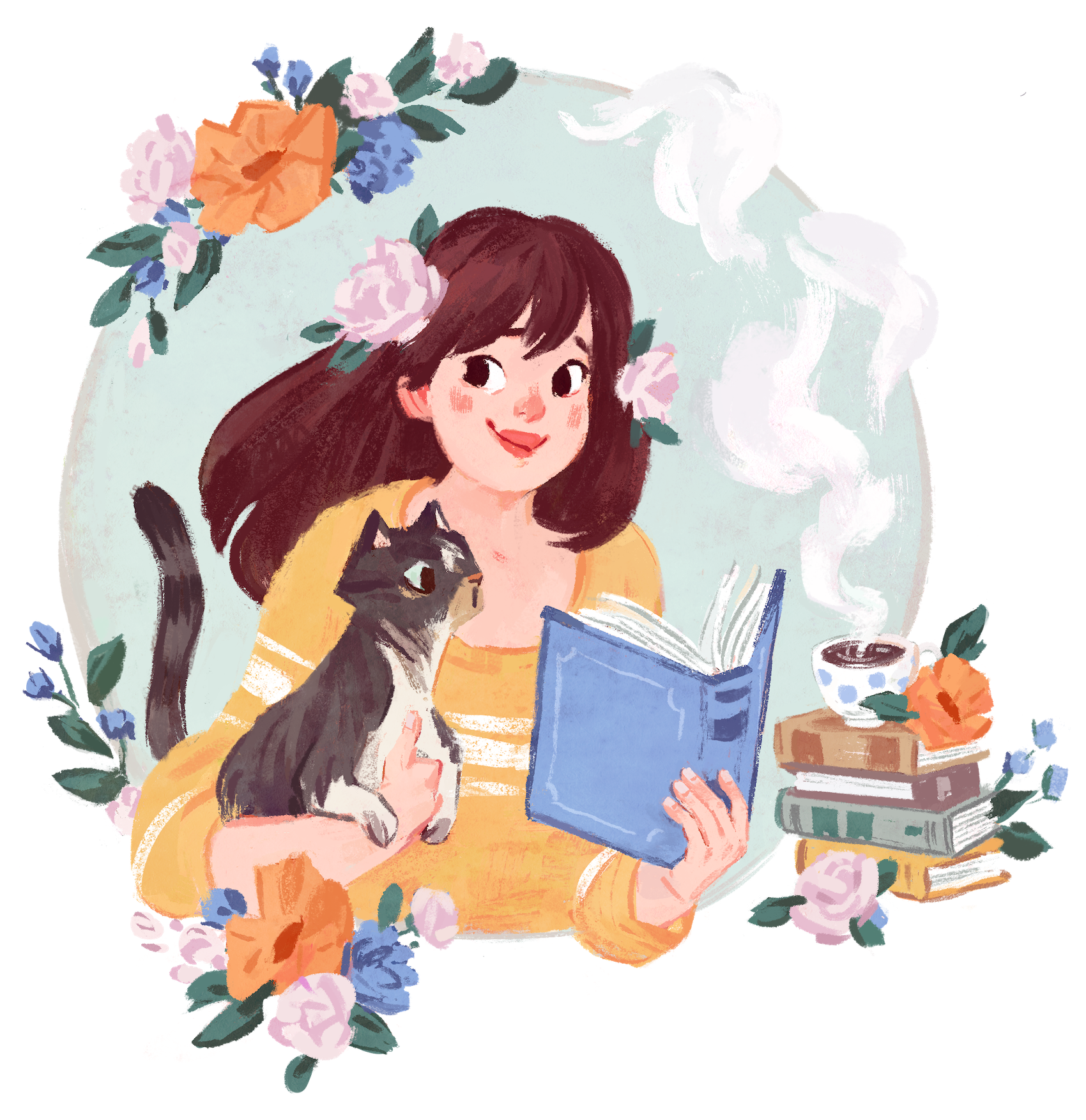
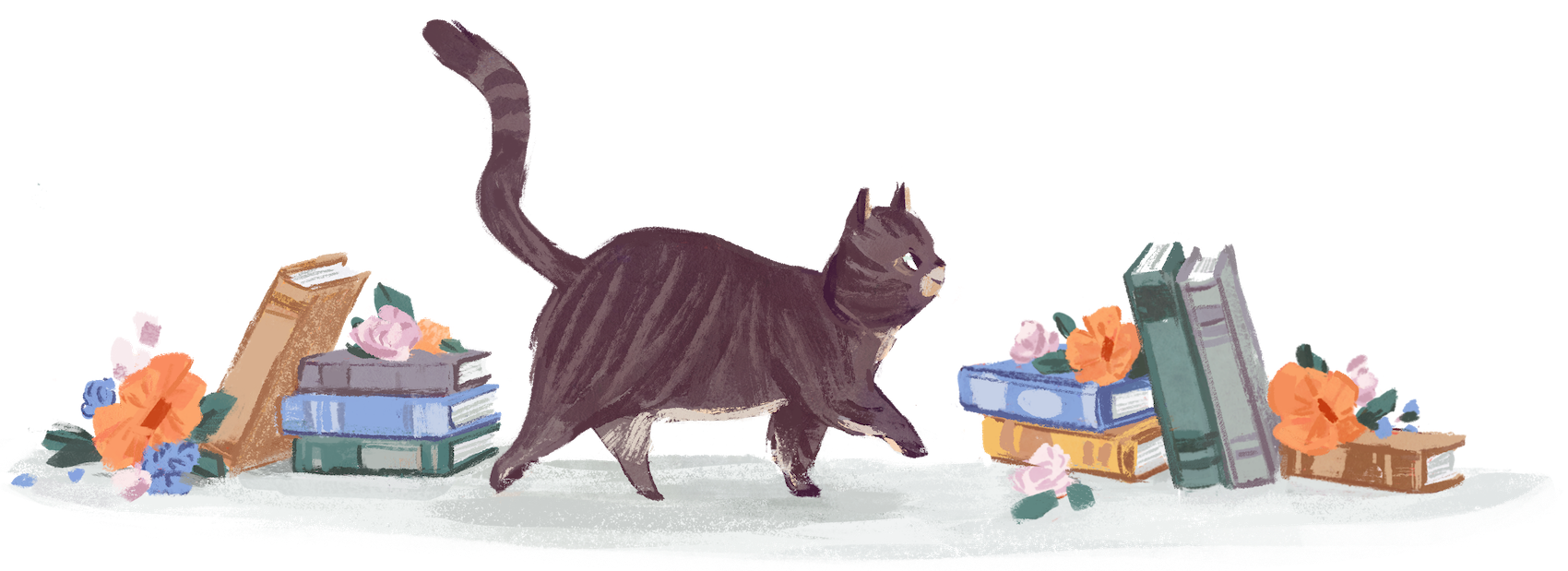
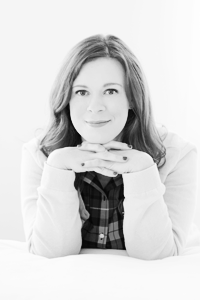



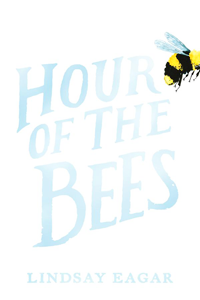


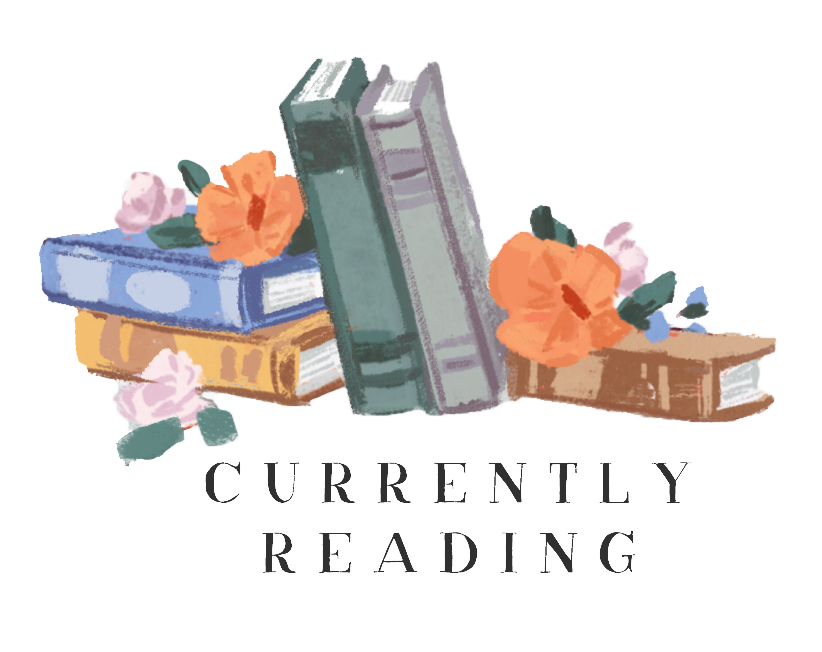
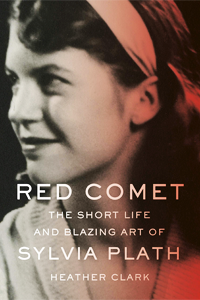


2 Responses
Oh, this post! I think it’s wonderful that you encourage your daughter to be strong, and Pippi is a great character to inspire that.
Alexa S. recently posted…Out of Left Field • The Unexpected Everything
Love Pippi! What an excellent inspiration 🙂